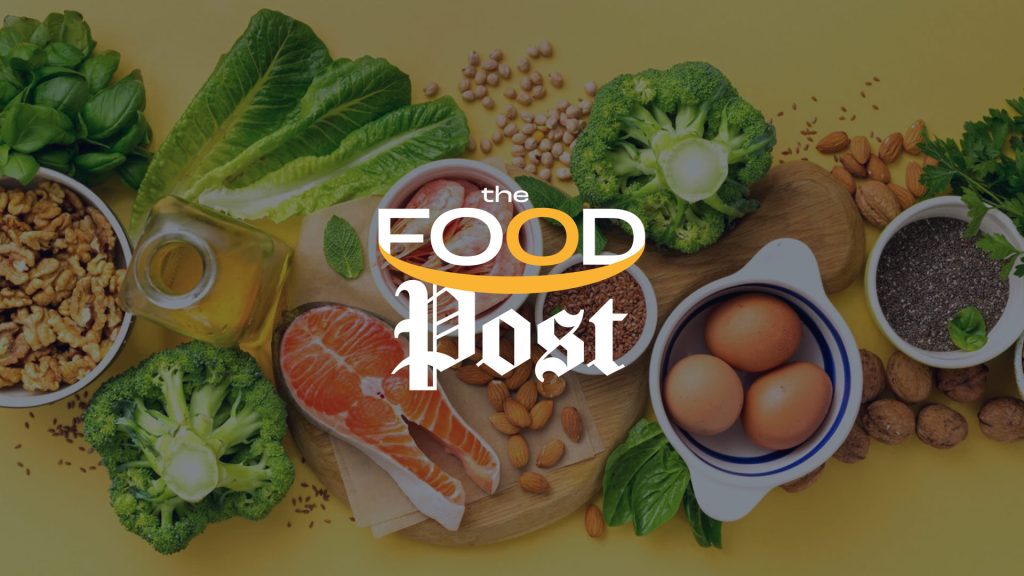Federal officials say the FDA will begin phasing out approval of synthetic food dyes that are petroleum based.
In a media memo released on April 21, Secretary of Health and Human Services Robert F. Kennedy Jr. and Food and Drug Administration Commissioner Marty Makary said they would make a joint announcement today about the efforts. Kennedy said the move is a “major step forward in the administration’s efforts to Make America Healthy Again.”
The announcement page from the Department of Health and Human Services was taken down mid-day on April 21.
The FDA currently approves the use of Blue 1, Blue 2, Green 3, Red 40, Yellow 5, Yellow 6, Citrus Red and Orange B. All are petroleum based and are used in the production of highly processed foods. Kennedy has repeatedly said he wants to reduce the amount of processed food consumers eat, but has not said specifically how he plans to do so.
In January the FDA banned the use of red dye No. 3, commonly found in foods such as candy, icing, sprinkles and maraschino cherries. As with many food dyes, the use of red No. 3 has traditionally been used in foods specifically marketed for children. The ban is set to go into effect in 2027.
California and West Virginia have already passed legislation limiting or prohibiting the use of some synthetic dyes in food. California’s law specifically bans the use of the dyes in school lunches.
Kennedy has said that the dyes are “clearly associated with a variety of a grim inventory of diseases,” but has not listed those illnesses. He said he had met with major food companies after being appointed secretary and that he received “no real pushback” on removing ingredients such as food dyes from the American food supply.
One consumer group immediately applauded Kennedy’s announcement about the ban on artificial food dyes. The Center for Science in the Public Interest (CSPI) has been calling for such a ban for years.
“The most important thing to know about food dyes is that their only purpose is to make food companies money,” said CSPI President Peter G. Lurie. “They are purely cosmetic, serving no nutritional function. In other words, food dyes help make ultra-processed foods more attractive, especially to children, often by masking the absence of a colorful ingredient, like fruit.
“The second thing people should know, especially parents and other caregivers, is that these synthetic dyes are known to trigger or exacerbate behavioral problems in some children. The harm dyes cause isn’t hypothetical — it’s real.”
The CSPI president also said he believes the food industry will not put up too much of a fight about the banning of the dyes, partly because they have already stopped using them in the European market. Lurie said the industry will “choose not to die on this hill and risk offending a vindictive president.”
(To sign up for a free subscription to Food Safety News, click here)

